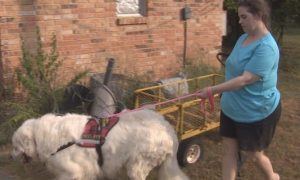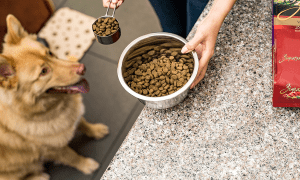“This post contains affiliate links, and I will be compensated if you make a purchase after clicking on my links.”
Dogs provide invaluable services to humans like companionship, protection, and unconditional love. But that’s not all!
These furry, four-legged friends can also be trained to become service dogs to help individuals with different disabilities and conditions live a better life.
Any dog can become a service dog. However, when it comes to certain disabilities and conditions, there are certain breeds that are more efficient than others.
Thinking of getting a service dog? Then you’ve come to the right place! In this article, we’ll list down the best service dog breeds and explain what makes them great at their jobs.
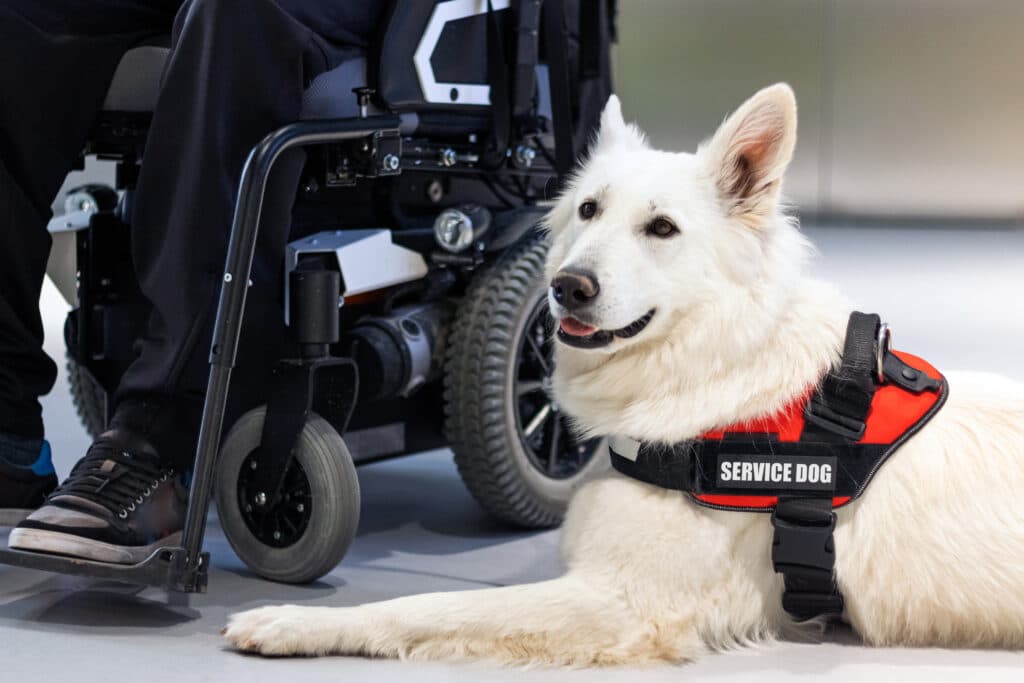
What Is A Service Dog?
A service dog is trained to help people with disabilities or conditions to live a better and more independent life.
The Americans with Disabilities Act (ADA) describes service dogs as “dogs that are individually trained to do work or perform tasks for people with disabilities.” That means that every service dog is unique, and the work each of them do must be directly related to their handler’s disability or condition.
Under the law, service dogs are not “pets”. And while they’re not required to wear vests, they usually wear them so that people in the community can differentiate them from pets. The vest help people know that the dogs are currently working and cannot be approached or pet to avoid distractions.
Furthermore, since service dogs provide vital services to their handlers, they are granted a number of federal, state, and local county law rights.
Service Dog Tasks
As mentioned above, a service dog performs different work or tasks, depending on their handler’s condition. But some of the most common work they do include:
- Guiding blind people navigate the world around them
- Alerting deaf people to different sounds
- Pulling a wheelchair
- Detecting a person with PTSD’s oncoming panic attacks and calming them down
- Reminding a person with depression to take their medication
- Alerting and protecting a person with epilepsy before and during a seizure
Characteristics Of A Good Service Dog
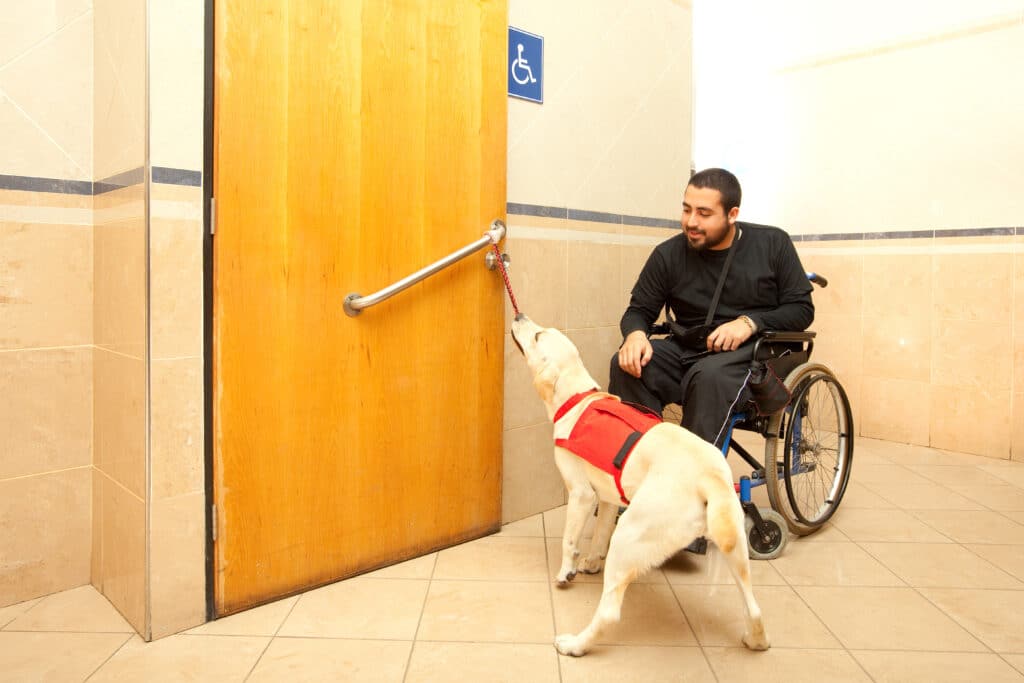
While every service dog is different, there are certain characteristics that makes a reliable service animal. And these are the following:
- Easy to train
- Intelligent
- Reliable
- Calm and composed under pressure
- Not easily distracted
- Attentive
- Focused and can concentrate on tasks
- Obedient
And certain dog breeds that are known to have these traits and are purposely bred to maintain such qualities make the best service dogs.
6 Of The Best Service Dog Breeds
Of course, when it comes to selecting a service dog, it’s important to select one that suits your specific needs. But the following service dog breeds are some of the most common and popular:
1. Labrador Retriever
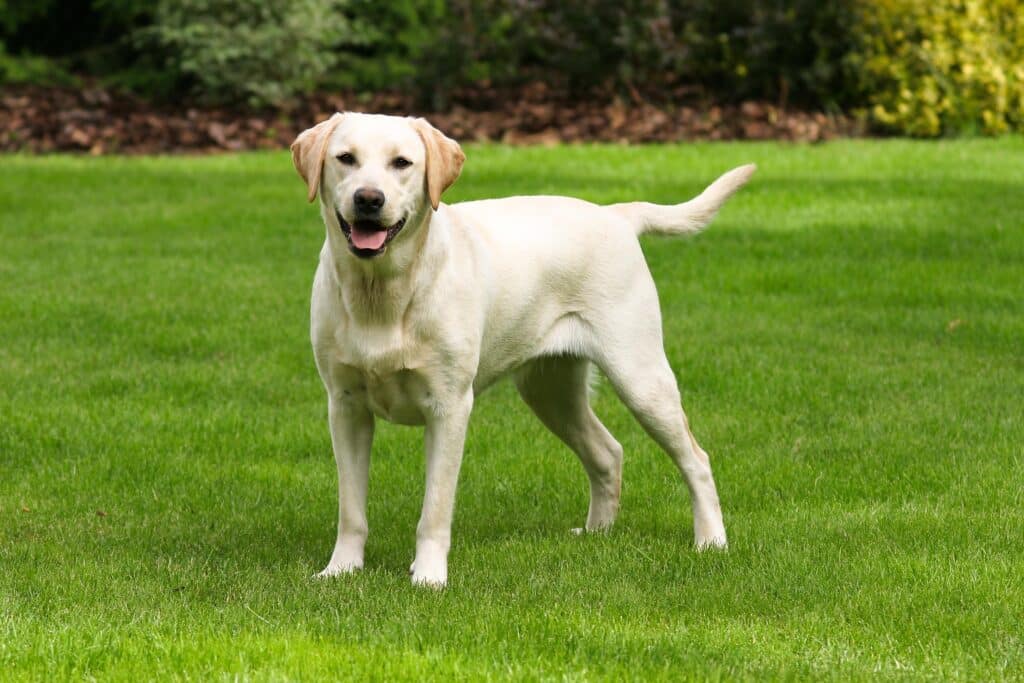
Without a doubt, a Labrador Retriever is one of the most popular service dog breed. And it’s easy to see why!
Labrador Retrievers are known for their friendly and easy-going temperament. While they are social dogs, they are also calm, committed, and are very intelligent pooches, making them easier to train than most dog breeds.
This service dog breed is great for mobility-impaired handlers. This is because these dogs can be trained to retrieve items on command and guide their handlers around.
2. Golden Retriever
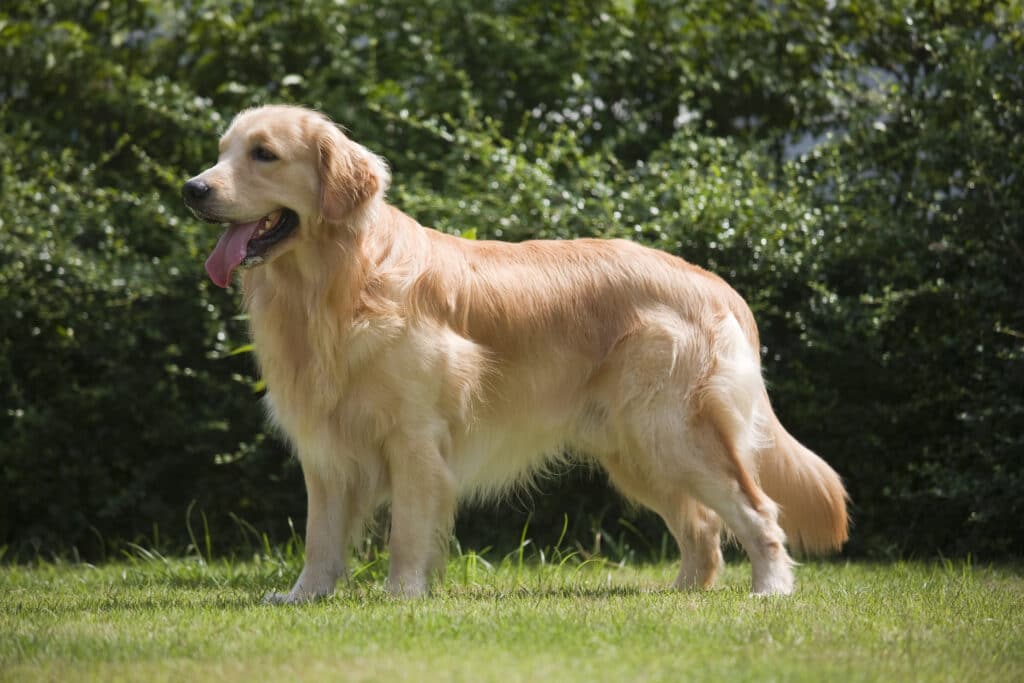
Similar to a Labrador Retriever, a Golden Retriever is another popular service dog breed, and for the same reasons, too!
This service dog breed is affectionate and easy-going. And are eager to please and intelligent, so they are easy to train!
Goldies are great for both physical and emotional work. Since they have a natural tendency to retrieve, they are great for mobility-impaired handlers. Furthermore, even if they are fairly big dogs, they are gentle and sweet, providing great service and changing the lives of those who suffer from PTSD.
3. German Shepherd
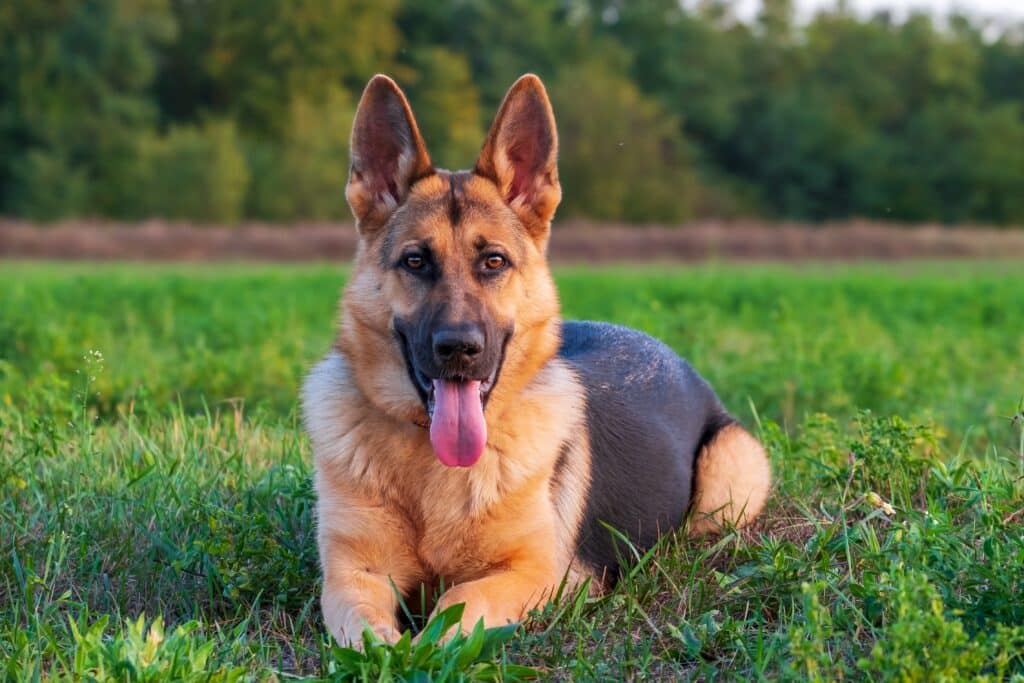
Did you know that German Shepherds were the first service dog breed in the 1920s for the visually-impaired? And to this day, they’re still among the most popular breeds for guide dogs.
German Shepherds are incredibly loyal, easy to train, alert, and fearless. All qualities that make them a great service dog breed.
Aside from being an excellent guide dog, this service dog breed has an incredible sense of smell and can monitor a diabetic patient’s blood sugar.
4. Border Collie
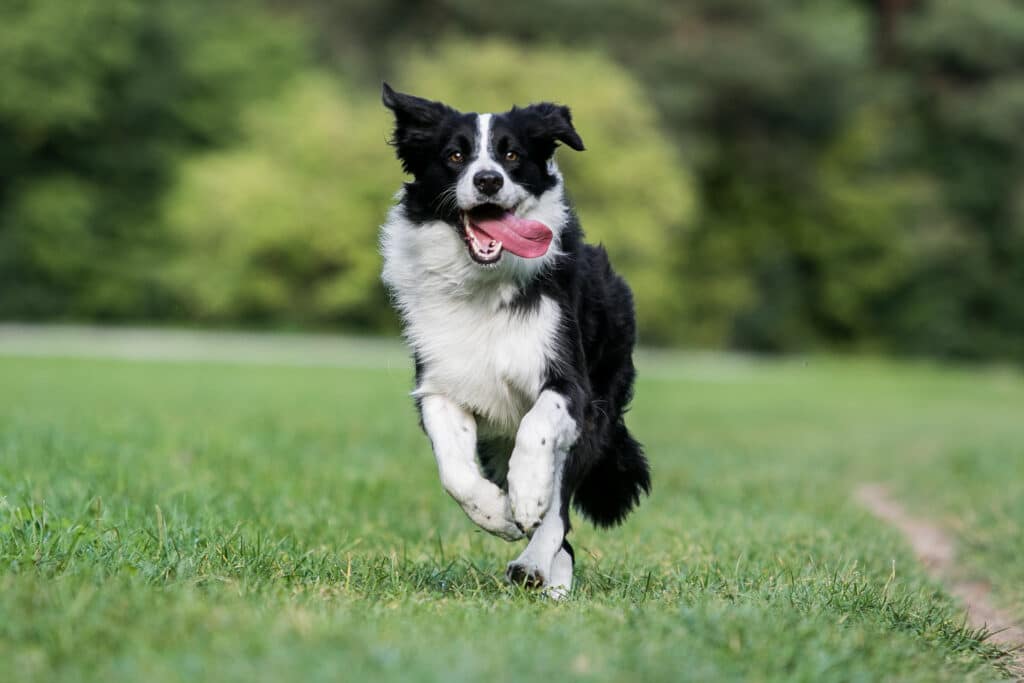
Regarded as the smartest canine breed in the world, it’s easy to see why Border Collies make excellent service dogs.
This service dog breed is easy to train and loves having a job. Since they are intelligent, they can work well in a variety of settings.
Furthermore, they can easily pick up moods or emotions, and can work well with handlers suffering from mental disabilities. And their size also makes them ideal for mobility-impaired handlers.
5. Pomeranian

Don’t let their size fool you! Pomeranians are a great service dog breed. They are alert and extremely attentive of their owners. And thanks to their size, you can easily carry them with you anywhere you need assistance.
While they are not suitable as guide or balance assistance dogs, these petite and fluffy pooches are what you’d want if you need a medical alert dog. They can alert their handlers of symptoms relating to diabetes, Parkinson’s disease, and asthma.
Furthermore, they can also be trained to retriever small items like medication, so they’re also a perfect choice for those who suffer from mental disabilities.
6. Standard Poodle
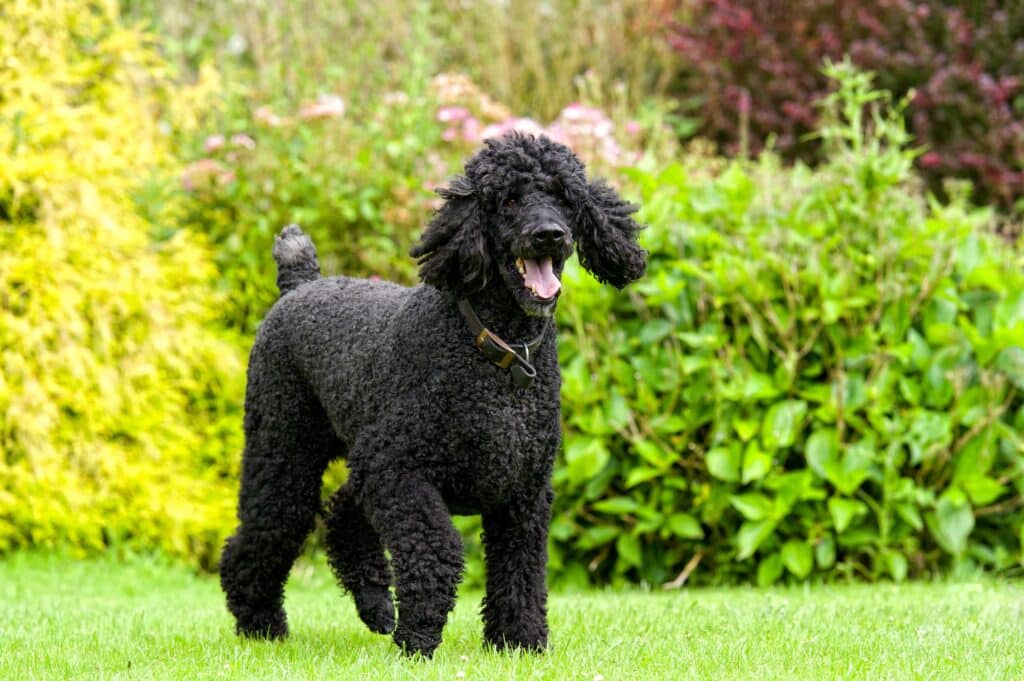
The standard Poodle is another common service dog breed. This pooch has an excellent sense of smell that can detect allergens, a trait perfect for handlers that suffer from deadly allergies.
The size, trainability, and social nature of a standard Poodle are also characteristics that give them the ability to perform a variety of physical tasks, making them a great service dog breed.
Furthermore, Poodles are hypoallergenic. They do not shed as much fur as other dog breeds, making them the perfect service dog breed for allergy sufferers.
Service Dogs vs Working, Therapy, And Emotional Support Dogs: What’s The Difference?
Service, Working, Therapy, and Emotional Support dogs all fulfill important roles to provide services to the hoomans who truly need it. But what’s their differences from each other?
Service Dogs VS Working Dogs
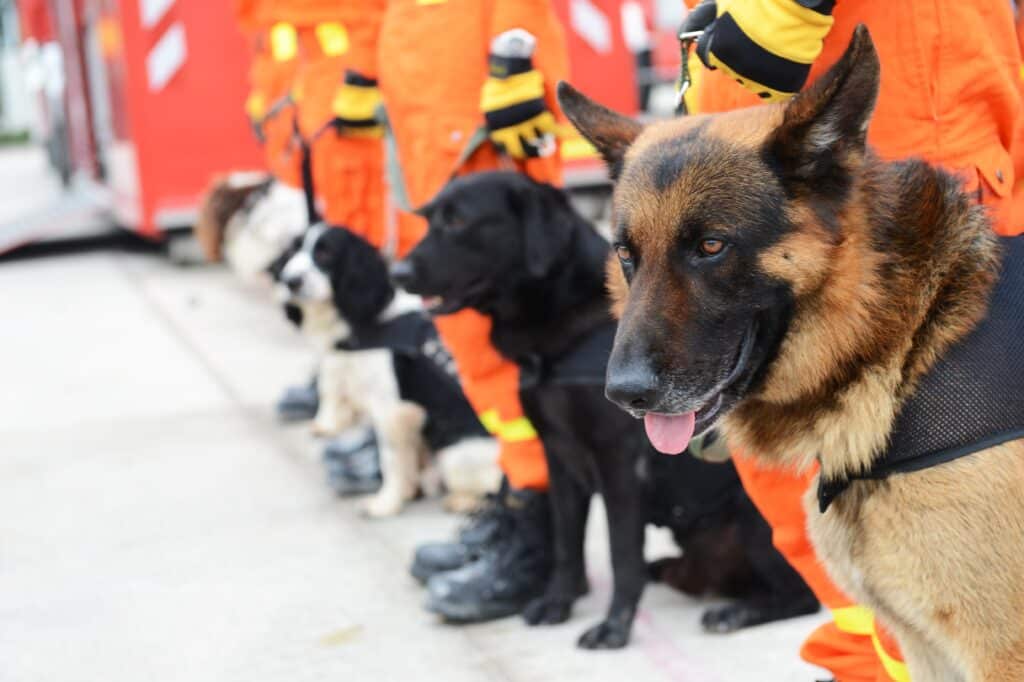
Service and working dogs are both trained to perform specific tasks or work. However, their main difference come in the type of work that they do.
Service dogs are trained to specifically cater to their handler’s disabilities to improve their quality of life. These disabilities, according to the ADA, can be a “physical, sensory, psychiatric, intellectual, or other mental disability.”
Meanwhile, working dogs are trained for a specific purposes to assist humans in their daily jobs. Some examples of working dogs are detection, herding, hunting, search and rescue, police, and military dogs.
Service Dogs VS Therapy Dogs
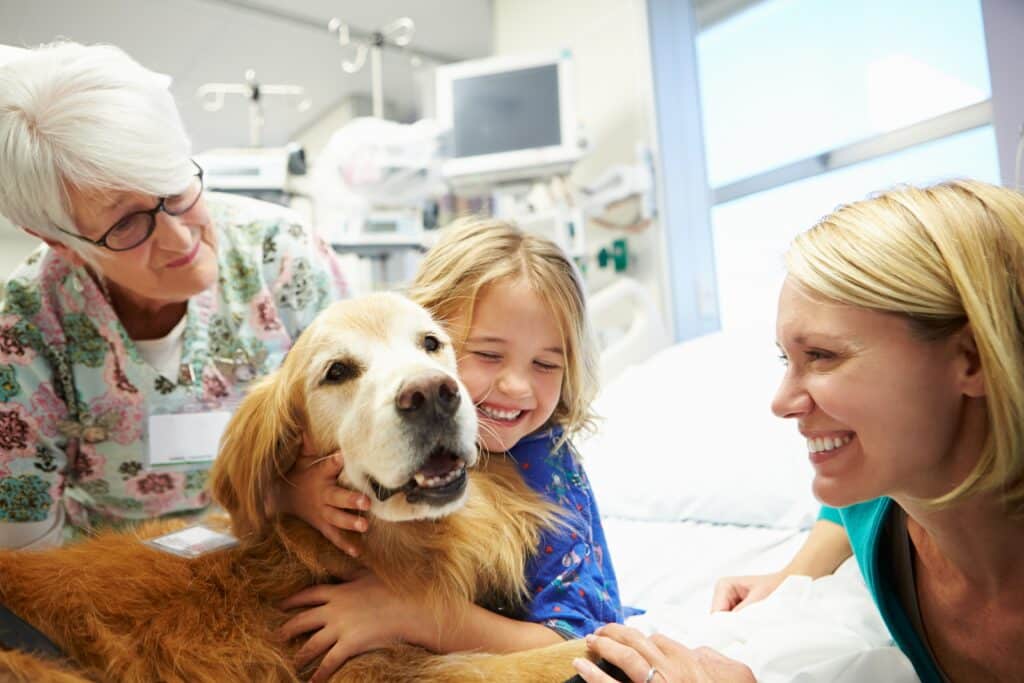
While service dogs are trained to work to ease their handlers’ disabilities, therapy dogs are trained to provide affection and comfort to not only their handlers, but to a variety of people.
And because therapy dogs are mainly responsible for providing psychological and physiological therapy, they are encouraged to interact with people while they are on-duty.
Furthermore, therapy dogs usually visit hospitals, schools, hospices, nursing homes, and more. And these days, police therapy dogs are becoming a common occurrence.
Service Dogs VS Emotional Support Dogs

According to the US Department of Housing and Urban Development (HUD), emotional support dogs “provide emotional support alleviating one or more symptoms or effects of a person’s disability.”
While they provide emotional support, they are not specifically trained to perform tasks that help people with disabilities, like being able to detect a person’s oncoming panic attacks or reminding a person with depression to take their medication.
Furthermore, the ADA clearly states that service dogs are NOT emotional support or comfort dogs, “because providing emotional support or comfort is not a task related to a person’s disability.”
Conclusion
While the aforementioned breed differ in breed, shape or size, these dogs share one important trait: their training, efforts, and hard work is changing the lives of their handlers for the better.
Do you have a service dog? How do they help improve your quality of life? Share it with us in the comments below!


